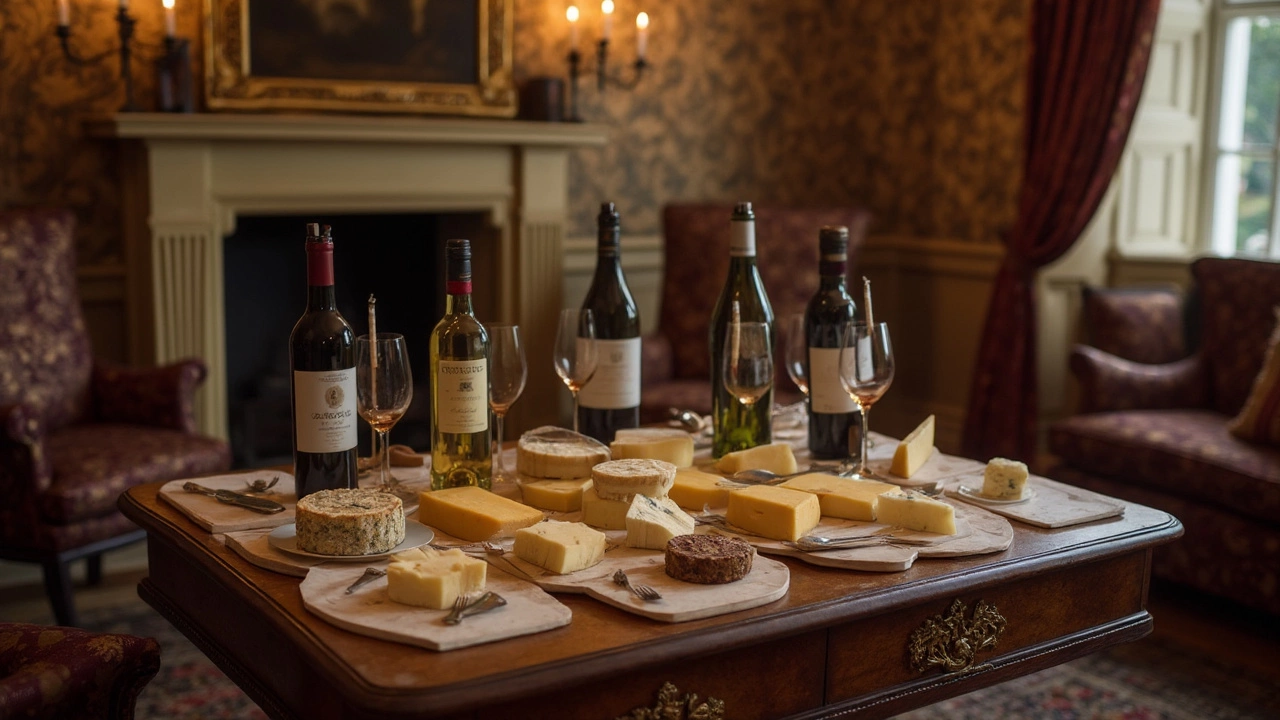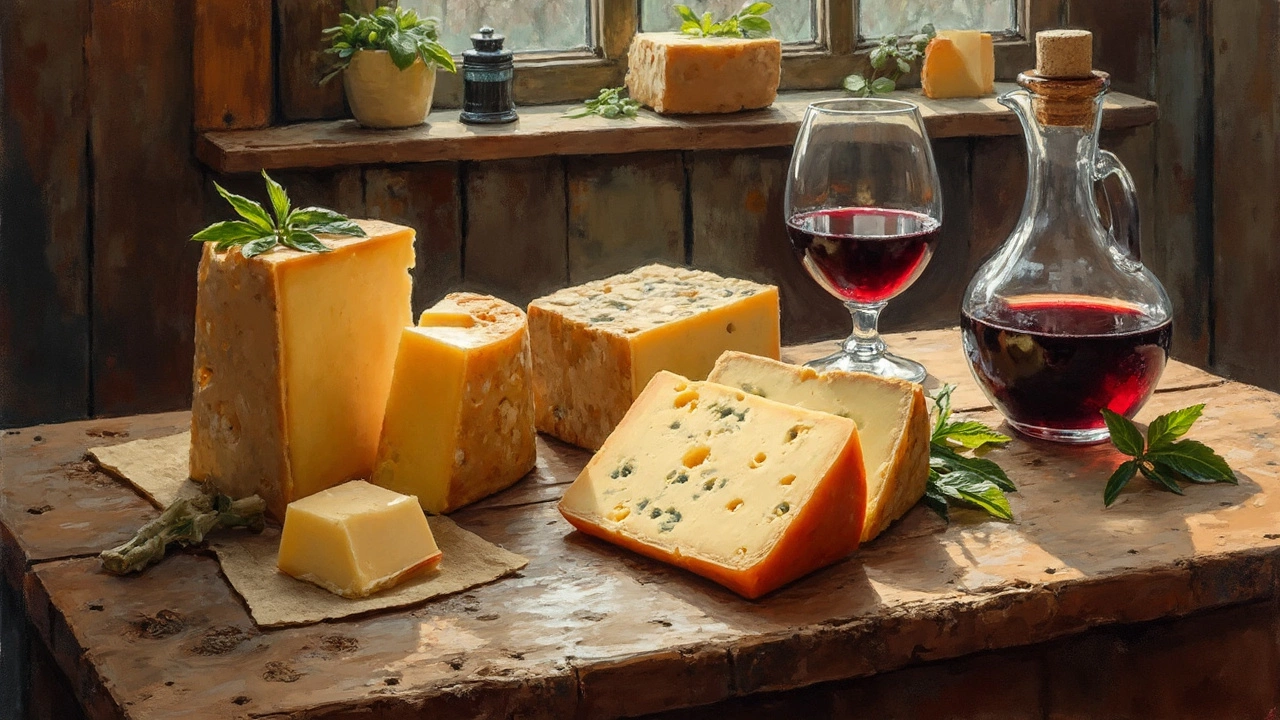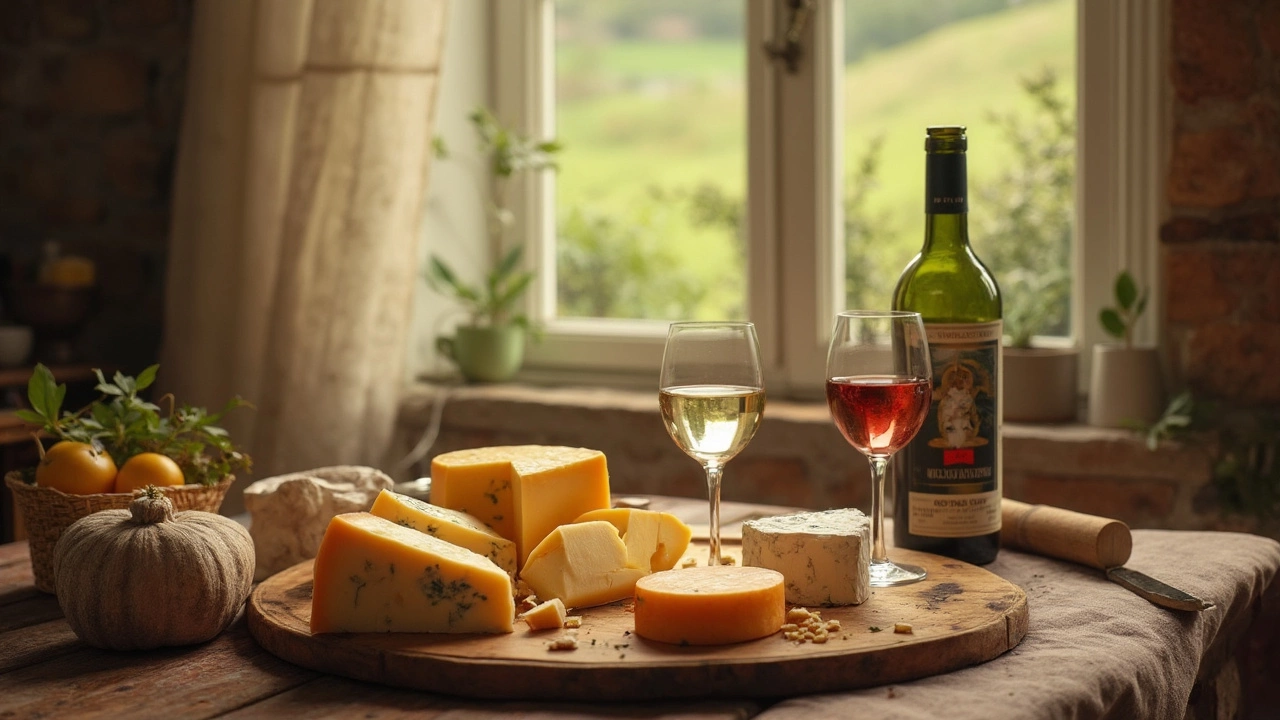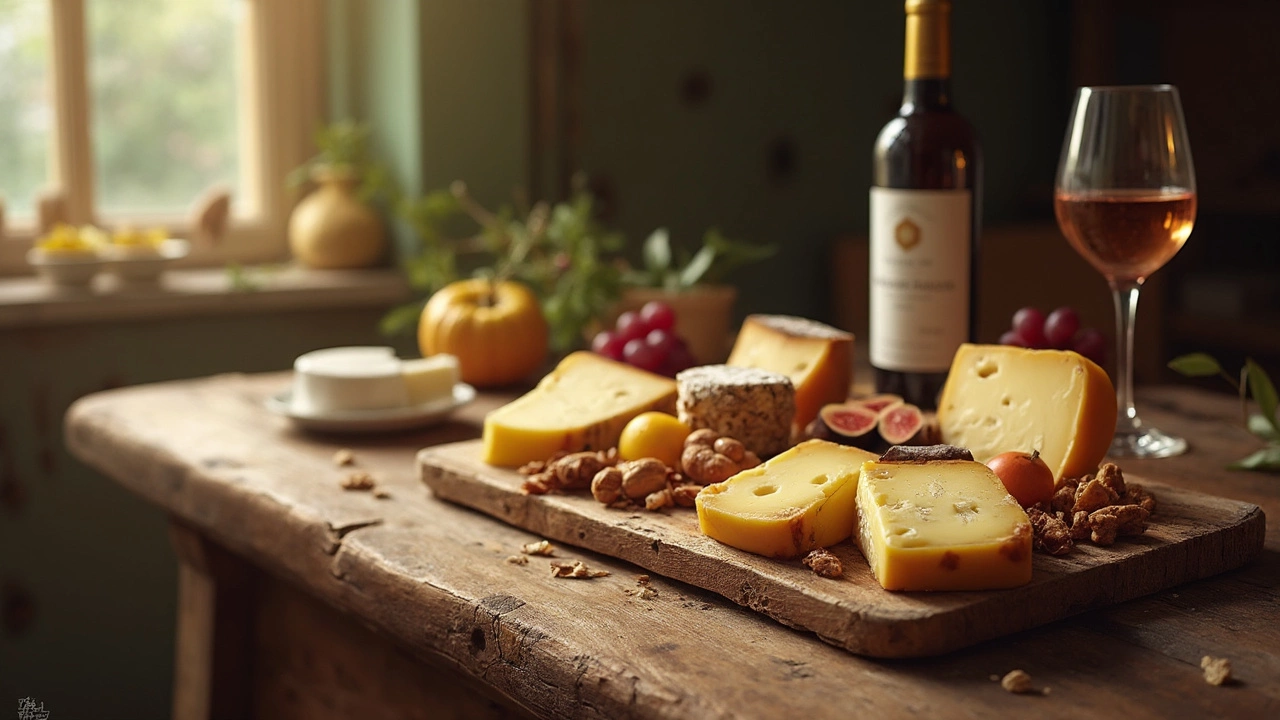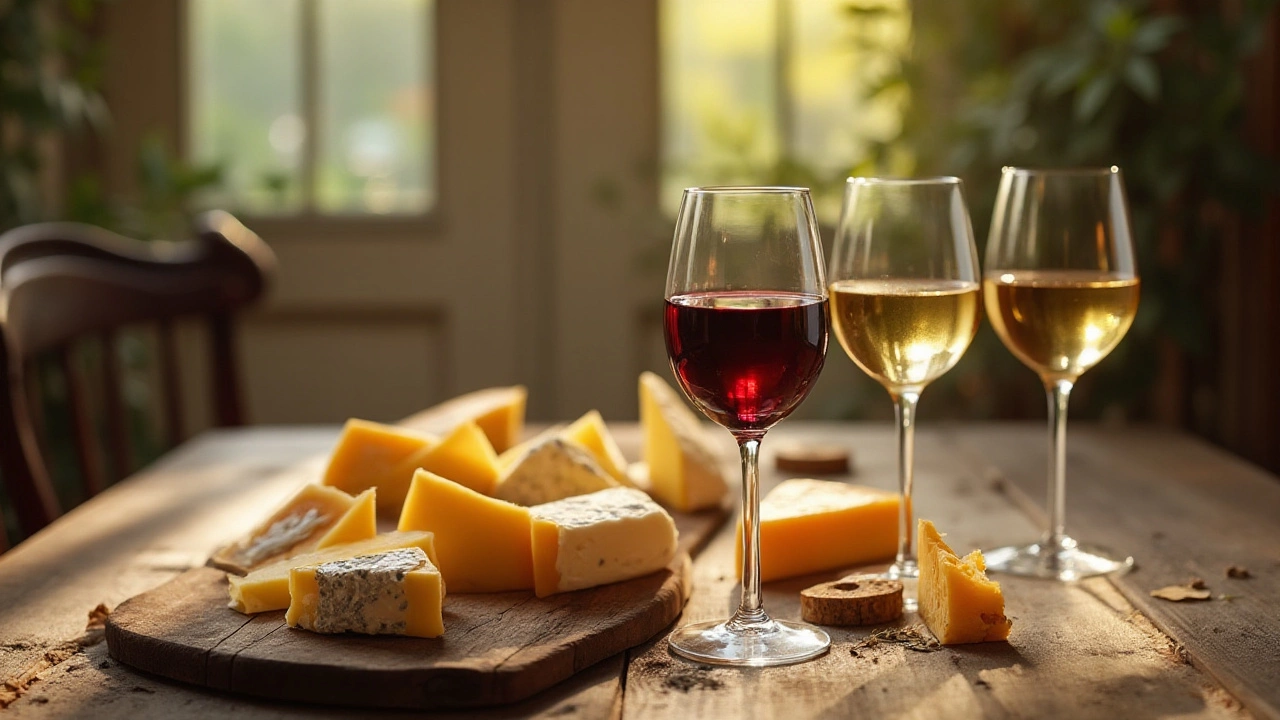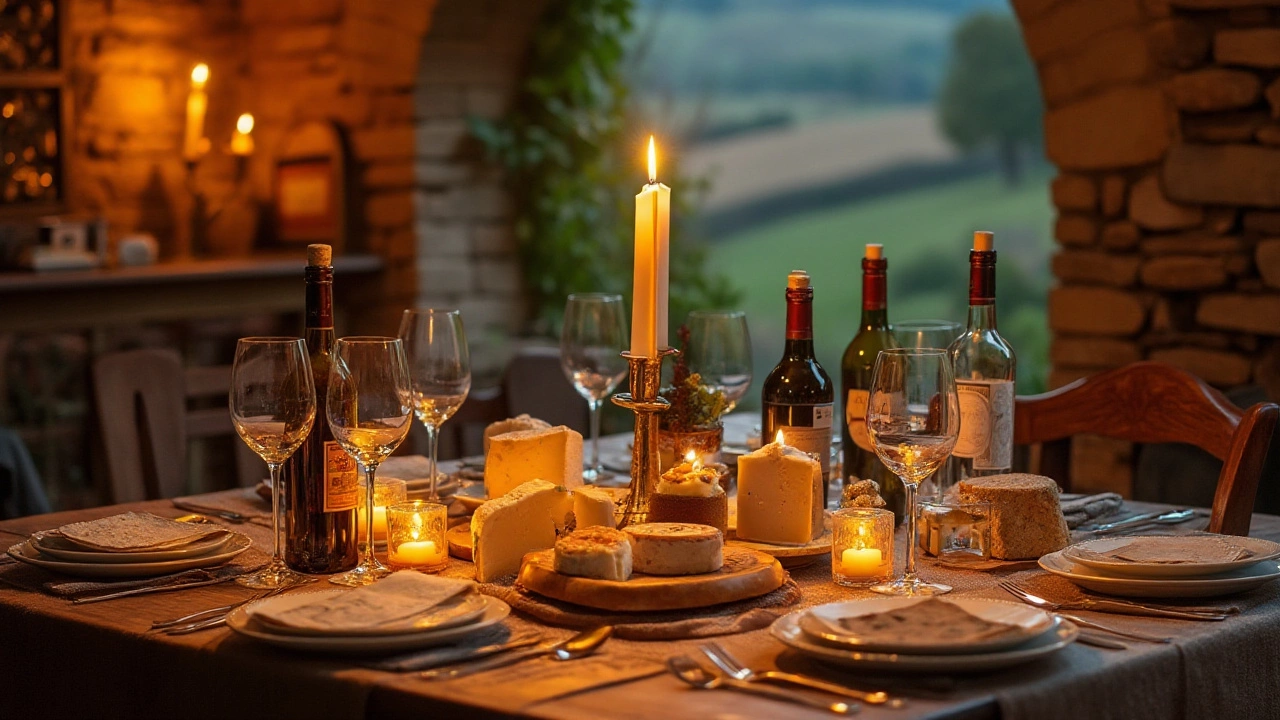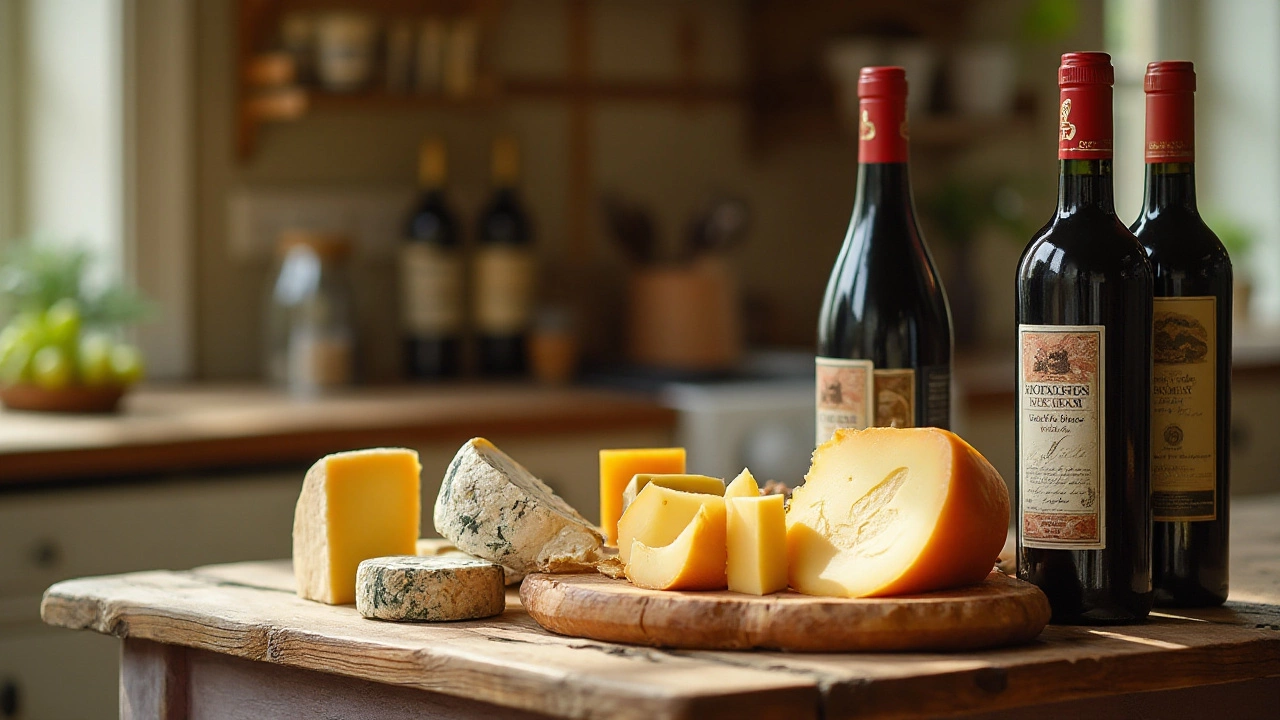Wine Pairing Made Easy: Quick Tips for Every Meal
Ever wonder why a certain wine just clicks with a dish while another falls flat? The answer is simpler than you think. It’s all about matching flavors, textures, and intensity. Below you’ll find straight‑forward rules you can try right now, no sommelier degree needed.
Why Pairing Matters
A good wine pairing does more than taste good – it lifts the whole meal. The right wine can soften spice, highlight sweetness, or cut through richness. Think of it like a teammate: when they work together, the result is better than either on its own.
Simple Pairing Rules You Can Use Tonight
1. Match weight. Light dishes (salads, seafood) need light wines like Sauvignon Blanc or Pinot Grigio. Heavy dishes (steak, creamy pasta) pair best with fuller wines such as Cabernet Sauvignon or Chardonnay.
2. Mirror flavors. If a dish has citrus notes, choose a wine with similar acidity – a crisp Riesling or a zesty Albariño works well. Earthy mushrooms love earthy reds like Pinot Noir.
3. Contrast sweet and salty. Sweet wines love salty foods. A glass of Icewine with blue cheese or a Riesling with spicy Thai will surprise you in a good way.
4. Consider the sauce. The sauce often dictates the pairing more than the protein. Tomato‑based sauces pair nicely with medium‑bodied reds (Chianti, Merlot), while cream sauces love buttery whites (Chardonnay, Viognier).
5. Keep acidity in mind. High‑acid foods (tomatoes, vinaigrette) need wines with enough acidity to balance them. A bright Sauvignon Blanc cuts through tomato sauce better than a low‑acid wine.
Now that you have the basics, let’s look at a few go‑to combos that work for most occasions.
Cheese and wine. Soft cheeses like Brie love a light, fruity Pinot Noir, while sharp cheddar pairs with a bold Zinfandel. For a classic match, try goat cheese with a crisp Sauvignon Blanc.
Red meat. A grilled steak shines with a tannic Cabernet Sauvignon or a Malbec. The tannins soften the protein, making each bite feel richer.
Fish and white. Light, flaky fish such as cod or tilapia pairs nicely with a dry Riesling or a crisp Pinot Grigio. If the fish is baked with herbs, a buttery Chardonnay can also work.
Pasta. Tomato‑based pasta (spaghetti Bolognese) goes well with a medium‑bodied red like Sangiovese. Cream‑based pasta (Alfredo) pairs better with an oaked Chardonnay that can stand up to the sauce’s richness.
Don’t stress if you don’t have the exact wine listed. Use the rules as a guide, and feel free to experiment. A wine you love can often be swapped for a similar style – the key is keeping the balance of weight, acidity, and flavor in mind.
Finally, remember that personal taste matters most. If you enjoy a wine, it will likely taste better with your food. Use these tips as a starting point, then trust your palate.
Should you eat during a wine tasting? Discover the etiquette, the best food pairings, and smart tasting tips for enjoying wine and snacks together, just like a pro.
View DetailsWondering if wine and cheese is best before or after dinner? Unpack the traditions, expert tips, and smart serving hacks to make the ideal choice every time.
View DetailsEver found yourself staring at a cheese board and wondering which wine goes best with it? This article uncovers the real logic behind pairing red or white wine with different cheeses, with practical tips and surprising truths you probably haven’t heard. We break down which wine to grab for your favorite cheese and why old-school rules sometimes flop. You’ll also pick up easy tricks to make even last-minute pairings taste impressive. Expect tips you’ll actually use next time you break out the wine and cheese.
View DetailsDiscover the perfect pairings of wine and cheese that elevate both flavors to new heights. From classics like brie and chardonnay to unexpected delights such as blue cheese and dessert wine, this guide offers practical tips for pairing success. Learn how the textures, flavors, and aromas of both wine and cheese influence their combination. With insider tips and interesting facts, you'll feel more confident hosting your next wine and cheese night.
View DetailsEver wondered if the French indulge in cheese with wine as much as you'd think? This article unwraps the tradition of cheese and wine pairing in France, offering insights on why these decadent duos work so well together. Learn the secrets of matching flavors effectively and get tips straight from French kitchens to elevate your next gathering.
View DetailsUnveiling the perfect cheese companions for a glass of Cabernet Sauvignon, this article explores the delicate balance between flavors, textures, and aromas. It offers practical insights, suggesting popular cheese options like aged cheddar, gouda, and blue cheese that bring out the best in this bold red wine. Whether you're a seasoned wine enthusiast or just getting started, these pairing tips are your roadmap to a delightful tasting experience. You’ll also discover some fun facts about wine and cheese chemistry that might surprise you.
View DetailsPairing wine with cheese can seem daunting, but it doesn't have to be. Whether you go for a crisp white wine or a bold red, understanding the basics can enhance your tasting experience. This article explores the nuances of choosing the right wine for your cheese board, offering practical tips and insights into classic pairings. Discover why certain cheeses complement certain wines and how you can experiment to find your perfect match.
View DetailsA cheese platter with wine offers a delightful taste experience. Combining different cheese textures with the right wine brings out distinct flavors, enhancing the culinary experience. Learn key tips for perfect pairings, discover interesting cheese and wine combinations, and make your next gathering a memorable one. Exploring the art of matching flavors will help you select the right wines to complement your favorite cheeses.
View DetailsChoosing the right wine to go with cheese can greatly enhance the dining experience. While red wines often pair well with stronger cheeses, white wines can highlight the flavors of softer options. This article explores different pairings, providing tips and interesting facts to make your next gathering a hit.
View DetailsWine and cheese pairing isn't just for gourmet enthusiasts; it's a timeless tradition that enhances flavors when done thoughtfully. Choosing the right combination can turn an ordinary meal into a delightful experience, revealing unique tastes and textures with each bite and sip. With an array of options available, understanding the fundamental principles of matching creamy, sharp, or nutty cheeses with robust reds and crisp whites can open new doors to culinary pleasure. From knowing the type of cheese to identifying appropriate wines, this guide will help you explore successful pairings.
View DetailsPairing cheese with wine is a tradition rooted in complementing flavors and enhancing the dining experience. The combination is an intricate dance of textures and tastes, which has evolved over centuries. Understanding the chemistry and cultural significance behind this pairing allows for a more rewarding and harmonious taste experience. Cheese and wine together offer a balance of acidity, sweetness, and texture, making each bite and sip memorable. This article delves into why they are paired together and offers tips for choosing the best combinations.
View DetailsWine and cheese pairing is an art that has intrigued culinary enthusiasts for centuries. The sequence of tasting cheese and wine can significantly affect the balance and perception of flavors. Factors such as the richness of cheese, the wine’s body, and personal preferences influence this order. Delving into traditional practices and modern advice can guide one towards an exquisite tasting experience.
View Details


